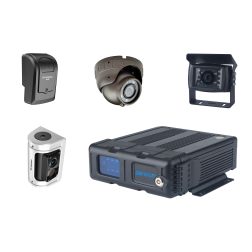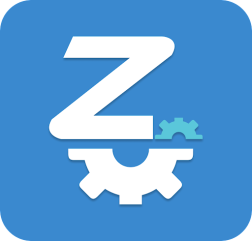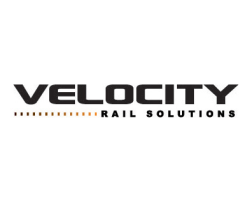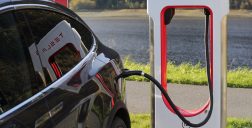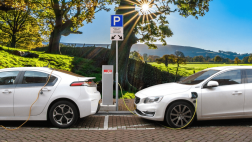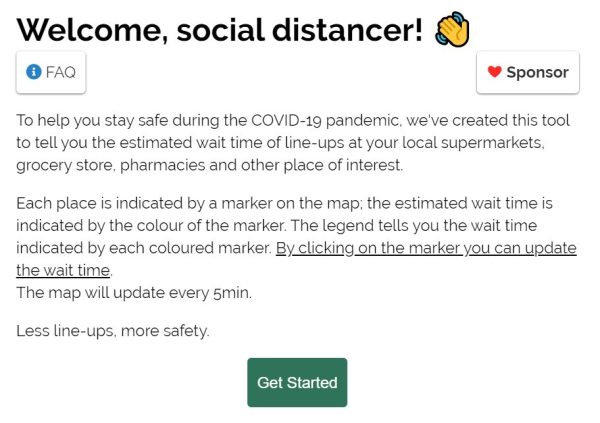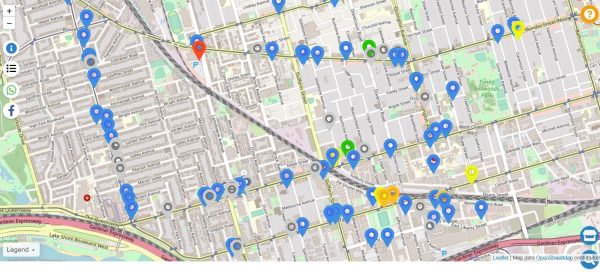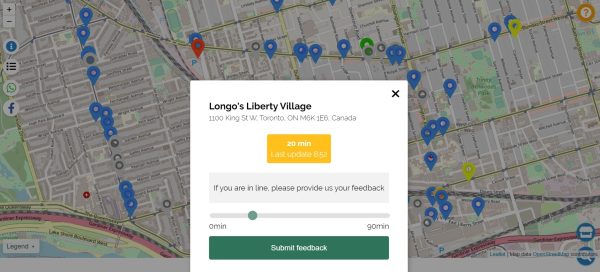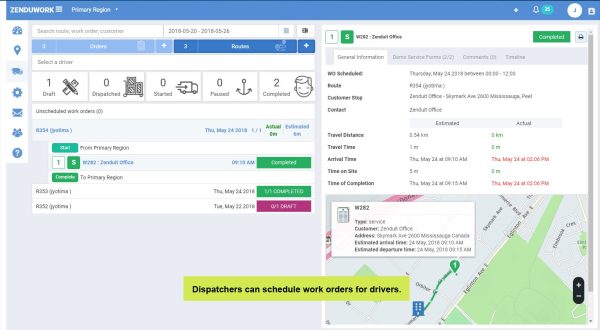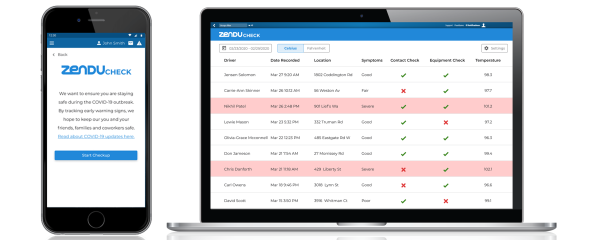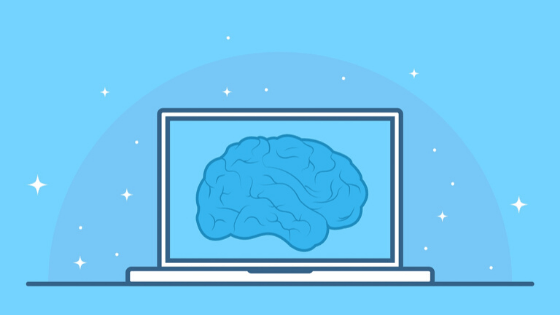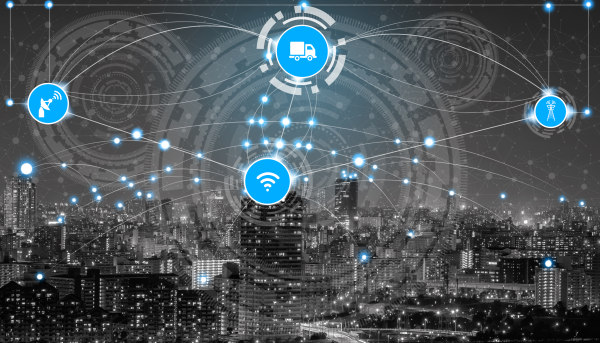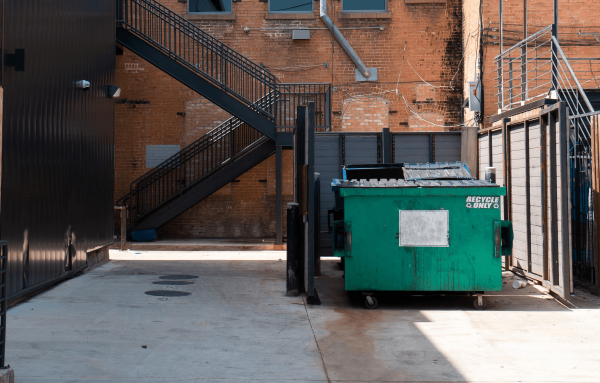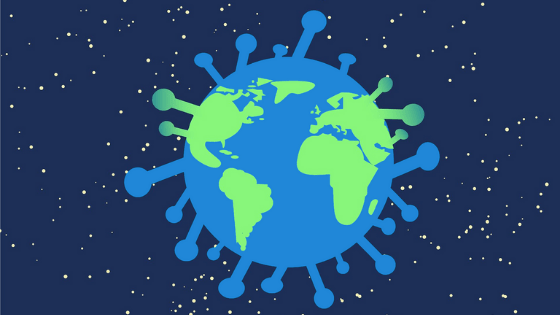
As many already know, the world has greatly changed over the last few weeks. The COVID-19 pandemic has caused the public to adjust the way they live in order to reduce the spread of the virus. While it may be easy to focus on the limitations that social distancing and work from home recommendations bring, the public should also follow how tech-focused pandemic relief initiatives are also in place to help alleviate arising issues. Specifically, focusing on how technology is adapting to provide COVID-19 relief.
How Life Has Changed
As briefly mentioned, our lives have changed drastically since the World Health Organization (WHO) declared COVID-19 to be a pandemic. Many countries have implemented social distancing orders by announcing work from home and learn at home initiatives, as well as regulations to not only limit social gatherings but remain 6 feet apart from each other. As a result of these new recommendations and regulations that require the public to distance themselves from others, new problems are arising that need solutions.
Below we highlight some of the ways that various technologies are changing to provide COVID-19 relief. We will focus on the following technology: monitoring and surveillance technology, virus tracking tools, optimization solutions as well as applications.
How Technology Is Changing To Provide COVID-19 Relief
Technology is changing as a result of the coronavirus. With the main driver of this change being new struggles that the public is encountering, it’s important to shed information on new tech-advancements. All of which, focus on providing COVID-19 relief by making this new way of living more enjoyable and safer.
Smart City Surveillance Technology Confirming Social Distancing
Smart city surveillance technology has changed slightly over the last few months as it is now being used to help monitor COVID-19 regulations. Originally, when deployed in smart cities or smart neighborhoods, surveillance technology was leveraged to help monitor pedestrian traffic to better the neighbourhood. This was done in various ways, one of which included using the surveillance technology to better the pedestrian experience by improving pedestrian traffic flow. Adjusting traffic to better follow foot traffic when pedestrians are waiting at a crosswalk. Essentially making the neighbourhood smarter to better account for upkeep and flow.
At the moment, in an attempt to provide relief, surveillance technology initiatives have shifted their focus from perfecting pedestrian experience, towards monitoring whether social distancing regulations are being followed. This is through the act of monitoring pedestrian traffic on roads and streets. For example, smart city surveillance technology can report on how many individuals are walking on the sidewalk or driving in vehicles with intentions of reporting numerically on who is staying home during the pandemic. As well, the technology can highlight whether the individuals who are exiting their homes, are in fact practicing social distancing by measuring the distance between people.
This information can help government officials better educate the public on their efforts in reducing the spread of the virus by following recommendations.
App Development And Location Tracking
Technology is also advancing when speaking about location tracking apps. This is particularly importanting for providing relief and protection to the public because it leverages the devices that we already carry around with us – our phones. As mobile devices are already tracking much of our movement, proposals for apps are being put forward to help collect the location information of individuals who have tested positive for COVID-19. Specifically, tracking the location of where they have travelled during the last 14 days. The goal would be to use the location data to help spread awareness to the public about concerns of possible contact with individuals who have tested positive for the virus. For example, if an individual tested positive for coronavirus and within the last 14 days travelled to a number of locations including public grocery stores, the location data can be used to warn the public. Specifically, recommending individuals who visited the same stores to take extra social distancing precautions as they may have come in contact with a stranger who tested positive.
Find more information here: https://globalnews.ca/news/6772753/tech-companies-canada-phone-apps-tracking-coronavirus-spread/
Improving Life While Social Distancing
As a result of social distancing, many are finding that simple errands like going to the grocery store or pharmacy can be more stressful than before. Not only do shoppers have to take extra hygiene and sanitization precautions, but many grocery or shopping stores are only allowing a fixed number of shoppers in the building to abide by social distancing requirements. Meaning there are sometimes lines (with varying wait times) to get in. As a way to combat this, technology is being used to create digital public maps which collect shopper data to show store wait times.
This is visible on public map solutions and an example of this is found here.
Source: Covid19-waiting-time.thejoin.tech
Solutions For Optimizing Increasing Delivery Needs
Another technological advancement that has found new popularity is technology which optimizes efforts. Specifically delivery efforts within fleets via telematics solutions. As the public is limited with their ability to shop, many are turning to online stores to complete all of their shopping. Resulting in an increased quantity of orders and deliveries.
So, in order to ensure that online stores are able to keep up with the increased demand, many delivery services and fleets are continuing to move forward with the implementation of telematics solutions like ZenduWork. Since ZenduWork focuses on optimizing fleet efforts by using GPS tracking and route optimization technology, fleets are able to better coordinate their team to complete routes. Meaning, drivers are strategically dispatched to ensure efficient deliveries are happening.
Symptom Monitoring Apps
One final example of how technology is changing to help provide COVID-19 relief is the creation of symptom monitoring apps. As symptom monitoring is highlighted by the CDC as one method to help individuals who are in close proximity to those who may be positive for COVID-19, it can help individuals determine whether they are showing signs of the virus. ZenduCheck, is a FREE symptom monitoring application that is offered by ZenduIT to anyone providing support during this time. The app works by asking individuals to answer questions that are related to showing symptoms of coronavirus (such as coughing, difficulting breathing or fever), as well as whether the individual was in recent contact with someone who tested positive for the virus. If the individual inputs responses that make them appear to be at high risk for being symptomatic or having COVID-19, they are instructed to stop work and closely monitor themselves for worsening symptoms. All of the responses are stored for management to review if required.
With so much changing during this time, there is still expected to be more technological advances that arise to help provide COVID-19 relief. To stay up-to-date about technology and telematics, make sure to sign up to our newsletter.


